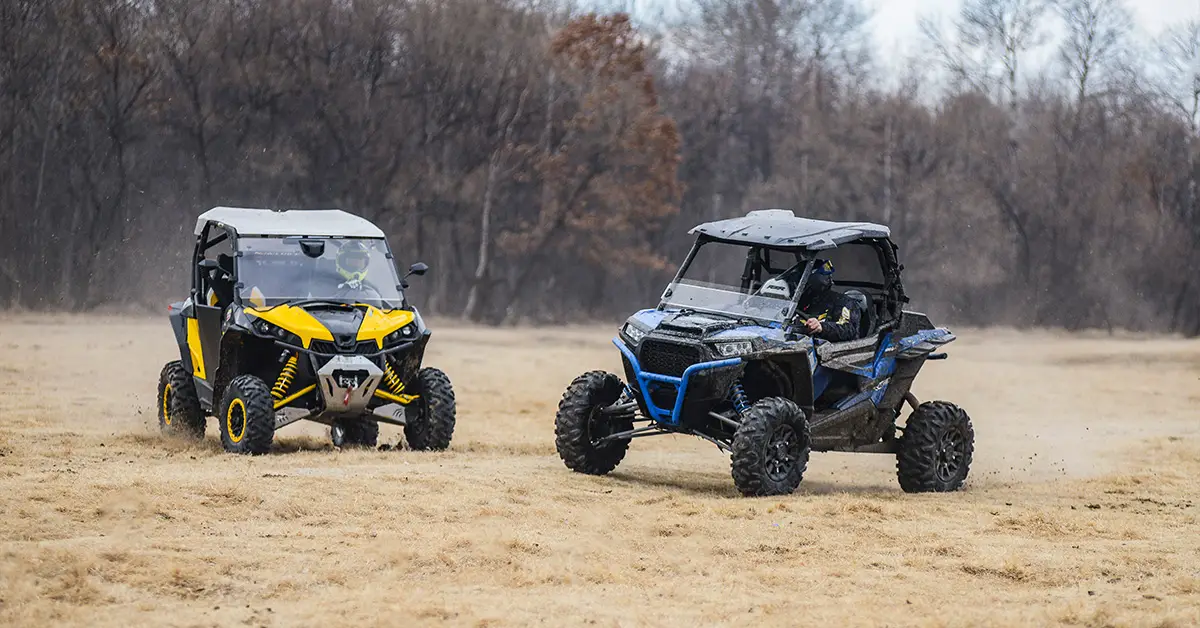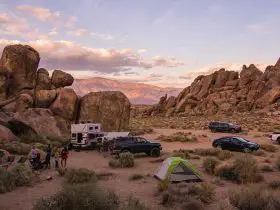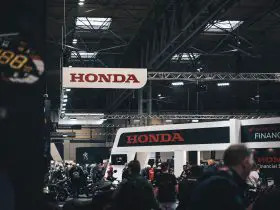A UTV windshield can spruce up your off-the-road experience significantly. UTVs are prone to exposure to pebbles, branches, dirt, and a host of other hazards that can cause significant damage to the vehicle along with the riders.
The market of UTV was badly hit by the outbreak of the pandemic due to the upsetting supply chain since all major economies of the world were compelled to lock down. With the impact of the pandemic gradually fading away across the globe, the market is prepared to embrace growth. The North American market for UTV and ATV was at 5.96 billion USD last year and it is expected to reach a whopping 7.90 billion USD by 2027.
A windshield not only keeps the elements away from the passengers during wet, cold, or windy days but also prevents bugs from entering the vehicle. Installing this super-useful component in your vehicle is an effortless way to enhance your riding experience. But the real concern is whether you should go for glass vs polycarbonate UTV windshield.
Table of Contents
What’s the Best Choice For your UTV Windshield?
There are two styles of UTV windshields for your UTV and you can either go for a full or half windshield. Needless to say, full windshields can cover the whole front window to stop everything from entering the vehicle while half-windshields can manage to cover just ¼ th of the area to allow maximum airflow. Regardless of the style of your windshield, you have to decide what’s best between glass vs polycarbonate UTV windshield. Let’s delve deeper into the comparison so that you can make an informed decision.
Related reading: Enclosed cab: Doors and Windows on UTVs
Polycarbonate Windshields
Windshields crafted from polycarbonate contain paramount strength and their robust nature makes them highly popular among UTV and ATV owners. Polycarbonates are much clear compared to their glass counterparts.
Even though uncoated polycarbonate is an affordable option, it falls short when it comes to hardness and scratch resistance. Thankfully, the coated version of polycarbonate material allows these two factors to be compared to glass which is deemed as the most efficient scratch-resistance element for windshields.
While you have to pay more for this high-end quality, the most robust of all options is the coated polycarbonate windshield. This is because it combines a matchless hardness along with indomitable strength. Let’s not forget its UV protective abilities.
Glass Windshields
Glass is a naturally hard element for windshields. As a result, it can withstand scratches and keep up the clarity over time. Even though glass is typically more expensive compared to polycarbonate material, the quality and durability of the material make it worthy of consideration.
While some glass windshields are more prone to cracks and breaks than other materials, those with laminated or tempered versions of safety glass are much stronger. Most of the small objects will not cause any damage to the windshield and there’s no need to be concerned about underbrush or tree branches bringing scratches to the glass. Also, you won’t have to worry about any protective veneer wearing out as it is made to ensure a rough trail.
Glass Vs Polycarbonate UTV Windshield: The Ultimate Comparison
Polycarbonate is the most coveted material for windshields due to its strength. You will be surprised to know that this material is 250 times stronger compared to glass which makes it practically indestructible. And this clearly explains why bulletproof screens are constructed from polycarbonate laminates.
Although glass is also a strong element, it doesn’t match the strength of polycarbonate. However, it is suitable for the farming environment. As it is scratch-resistant, the glass will maintain its appearance for many years. Let us now take the various important aspects that must be factored in while selecting the best material for your UTV windshield.
Strength
Glass is as strong as you would expect it to be. But that doesn’t mean it’s not a safe option for your UTV windshield. The only drawback is that the vulnerability requires a bulky metal frame to hold it perfectly in position. As a result, windshields made of glass are more weighty compared to acrylic or polycarbonate sheets.
Coming to polycarbonate, you will be literally hard-pressed to come across something that will destroy your windshield. And this may include lesser-caliber firearms as well. But in case your polycarbonate windshield breaks, you will notice cracks in a localized area that doesn’t spread much. No one has practically heard of any incident where shards of polycarbonate have broken apart.
Hard-coating or non-hard coating
Strength is of no use if you don’t take scratch resistance into account. When you are dicey between glass vs polycarbonate UTV windshield, scratches play a critical role. This is because scratches not only make the windshield ugly but also minimize visibility. So when you have adequate scratches on your windshield, it will cause a nasty haze. And the two contenders- glass and polycarbonate deal with scratches differently.
Polycarbonate is notorious for its vulnerability to scratches. When there’s no hard coating, polycarbonate can easily scratch. When you wipe it, you will notice that mud and small rocks are causing scratches. Not only that, small bushes and branches may also scratch it and there is no way to repair it. That’s why you must opt for hard-coated polycarbonate material for your windshield to ensure years of clear view.
Glass is not only harder but also more scratch resistant. Most of the objects will not cause any damage although you may see speckles like old car windshields. But this will not affect the clarity of your view. Most importantly, you will be able to repair small cracks and scratches easily.
Why is hard coating important?
Hard-coating plays a significant role in transforming your windshield into a high-class material. The two most crucial benefits of this coating are UV protection and glare reduction.
In the first place, UV reduction is important as it shields from harmful ultraviolet rays. When sunlight passes through the hard coating of the windshield, most of them will be blocked from entering. But that doesn’t imply you will not get sunburnt – only that the impact will be less intense. Not only that, but this hard coating also protects the windshield itself. After years of usage, polycarbonate sheets tend to become yellowish due to exposure to sun rays. And this can easily be warded off with the hard coating.
The second factor is glare reduction which can be a serious drawback when riding across snow or dunes. Therefore, you must be careful while selecting your tinting options when trying to maximize visibility and curb glare. In other words, tinting functions the same way as a pair of sunglass on a bright sunny day.
Tinting films are typically measured in VLT or visible light transmission and shown in percentage. A dark tint implies that it will be low in light transmission. So a 70 percent visible light transmission will be much lighter as it allows more light to enter.
Clarity of the windshield
While clarity may not be as important as strength and coating, you still need to factor it in. Both the materials are clear but one may be a bit dimmer than the other. This may or may not be beneficial for you based on to what extent you will want to dampen sunlight.
Glass serves as a plausible yardstick for clarity. Consider how the world outside looks from your building’s glass window. Most of the standard vehicles have their windshields constructed from auto glass which offers around 86 percent clarity on average. This implies that glass is able to transmit about 86 percent visible light. Now coming to polycarbonate windshields, it can transmit around 89 percent visible light making it more clear than glass.
It’s worth noting that even though there is a difference in clarity between glass vs polycarbonate UTV windshield, most UTV drivers will not be able to discern the light transmission in non-coated elements unless they’re placed next to one another.
Cost
The style and material of your UTV windshield will largely determine the price you have to pay. If you are on a tight budget, it’s important to consider which will cost more than the other. The first thing you should determine is whether you want a half or a full model. Note that, a flip-down model is going to be the most expensive. Hard-coated polycarbonate, as well as glass windshields, will require you to pay a premium price because of their high-end quality.
Final Thoughts
In the earlier days, possession of ATVs and UTVs were generally linked with recreational activities. But over time, these vehicles experienced diversified applications and these vehicles are now used for hunting, patrolling agriculture, and hordes of other activities. The government subsidies and initiatives are largely responsible for the growth of this industry in the United States.
If you are looking to install a new windshield to your UTV, the research concerning glass vs polycarbonate UTV windshield may overwhelm you. Consider the pros and cons of each of these elements along with other critical aspects as explained to make sure that the purchase lasts you for many years and supports you in numerous adventurous endeavors.









